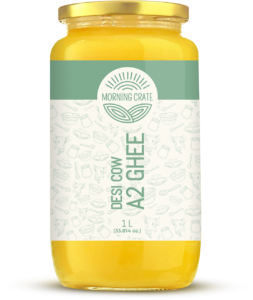How does social media hiding likes affect brands and influencers?

social media
Devising a strategy to create a more healthy online environment, social media platforms like Facebook and Instagram have resolved to hide likes in their posts. To reduce the pressure the people feel from the platforms, as well as to eliminate the competition momentum that likes mean, they aspire to make users connect with and inspire each other.
“It’s about young people,” Instagram chief Adam Mosseri said, just ahead of the test arriving in the United States. “The idea is to try and depressurize Instagram, make it less of a competition, give people more space to focus on connecting with people that they love, things that inspire them. But it’s really focused on young people.”
The intent is to curb social pressure and mental health concerns, the unhealthy nature of validation, societal comparison, and depersonalization of social media.
But this upgrade on social media apps poses a threat to influencer marketing and brands, seeing as likes is a form of social currency and “social currency is a form of marketing success”, according to Forbes.
Fundamentally, likes are one of the biggest engagement metrics of influencer marketing on social media and the fact is influencer marketing is heavily dependent on Instagram metrics. If the influencer receives more likes then they remain more competitive. If they remain competitive it’s good for business. Likes and comments are directly proportional to user engagement and high user engagement is the goal of an influencer.
But this is not the end of influencer marketing on social media! Influencers shouldn’t be worried because:
- It’s a change, but the ability to “like” a post isn’t going to be disabled, it just will not show the exact like count as it used to. The user can still acknowledge a post they like by double-tapping on it.
- By doing away with the pressure of the likes, influencers can now create content that they like and not just content that receives more likes. The pressure of always performing is reduced.
- It improves online interaction as users can now connect through comments and have actual discussions. The connections made will be more authentic.
- Influencers can retain control of the metric as they will have full visibility on user engagement from their end.
- As long as influencers invest their focus towards quality content, their engagement scores with their target audience should continue to rise.
They are alternate ways for Instagram tracking metrics:
Engagement Per Follower
With the updated algorithm you can now track engagement per follower and see what individual customers are interested in. With this, you can ensure the right audience sees your content and whether or not the content is something the user would be interested in.
Follower Growth Rate
It gives a detailed account of the expanding reach of the brand on the platform. It measures the speed at which your social media account is gaining or losing followers relative to your previous follower count.
Website Traffic
The new Instagram Stories feature for verified users allows the user to add links, which in turn drives more traffic to their site. And with other tools like Google Analytics, you can easily track all the website traffic sources.
The Takeaway
Creating a more authentic experience and quality content will be key to a successful influencer marketing campaign and we all know that content is king in today’s world.
The relationship between the influencer and marketer will undergo a shift as metrics become deeper. The focus will not be on numbers but the customer’s journey and experience with the influencer.


![How to fix outlook [pii_email_522d39cbbdceda264fd4] error](https://moneyspikes.com/wp-content/uploads/2022/08/0d3d-1024x576-1-750x375-1-1-300x150.jpg)





